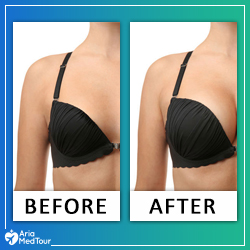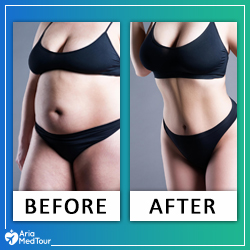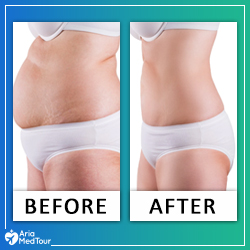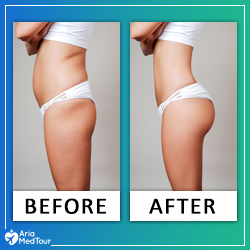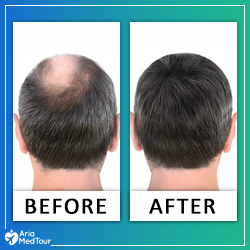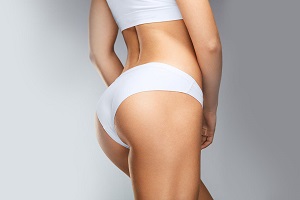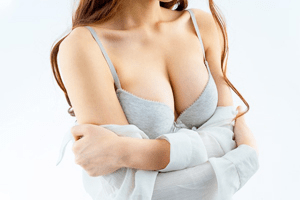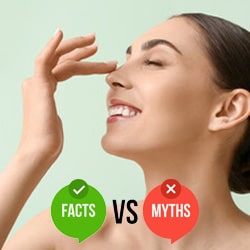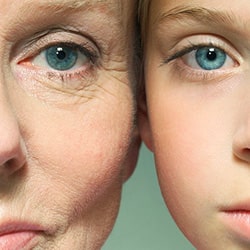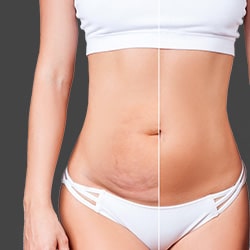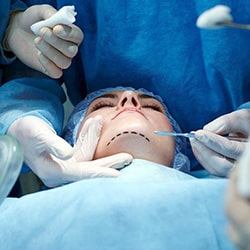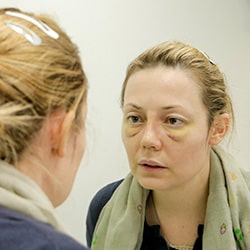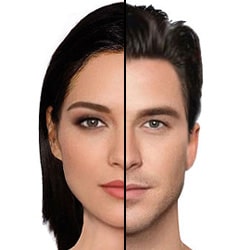As we all know, freshness does not last forever. And the skin will not maintain its perfect firm shape. As people get older, their skin gets thinner and starts to lose its elasticity. As a result, wrinkles will start to appear on the face and the skin becomes laxer.
Skin resurfacing treatments can be the solution for mild skin sagging as they could restore some degrees of skin firmness, but until recently surgery was the only way to remove loose skin. The problem was that a lot of women are unable or unwilling to undergo surgery and most of them prefer non-surgical alternatives. Luckily, now there is a new way that does not require the use of scalpel, which is thread lift.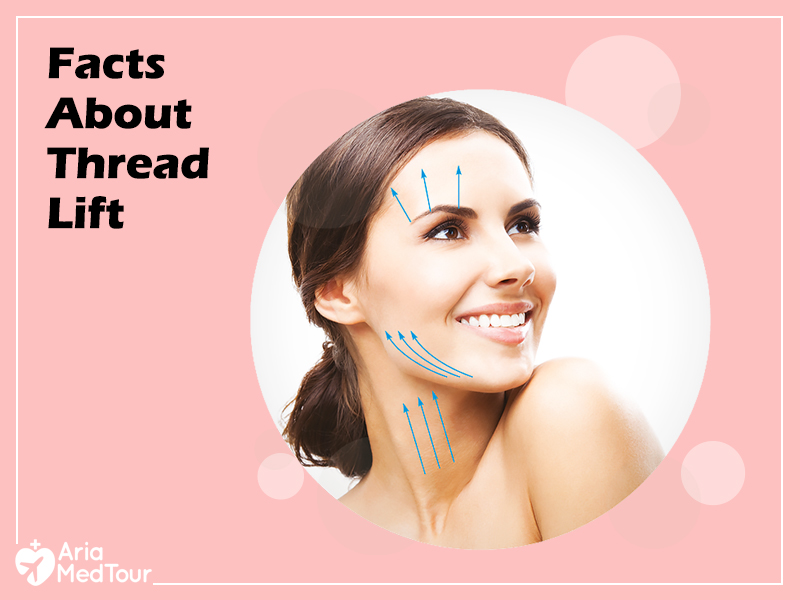
The thread lift is a minor procedure that involves placing threads made of biocompatible materials such as Polydioxanone (PDO) and Poly-l-lactic acid under the skin and pulling them. These threads lift the skin instantly throughout mechanical effects, and their presence encourages the skin cells to produce new collagen which helps to achieve a younger look for a longer period of time. If you are thinking of undergoing thread lift, here are 8 things you need to know.
1) There are different thread lift procedures
There are two main types of thread lift procedures: NovaThreads and Silhouette InstaLift. While the two procedures use the same mechanism, there are some essential differences between them.
Nova Threads are made of Polydioxanone (PDO), which is biocompatible material designed to dissolve by your body. They dissolve slowly and remain in your body for 6 months. PDO threads will provide a little lift but they will stimulate more collagen, therefore, the results will last for 1 to 2 years.
Silhouette Instalift threads are made of Poly-l-lactic, which is also biocompatible material. The threads used in this operation are a bit different as they are interspersed with small cones. These threads produce more lift, stimulate less collagen production, and they remain in your body for 12 months. Therfore, results last for up to 3 years.
2) Thread lift requires a very short recovery time
Most people prefer thread lift because of the short recovery time. It only requires around two days to recover, which is very short compared to the 4 weeks’ facelift recovery time.
While patients may feel a bit of soreness and swelling after the operation, they rarely need strong pain killers. Therefore, most patients can return to work immediately after the procedure and they may even drive their cars home right after it. However, it is recommended to rest for a couple of days.
3) You need to keep your expectations realistic for thread lift.
Keep in mind that thread lift will not give you the same results as a facelift. Although they both improve sagging skin, each one is somehow different from the other. While facelift involves removing excess skin and tighten the muscles, thread lift only lift your face by a few millimeters.
However, if you have mild or moderate skin laxity, then thread lift is for you. You may expect a noticeable result and a naturally youthful look after thread lift procedure.
4) You need to avoid exercises and sexual activity for a while
While light exercises like walking can be resumed after one week following the operation, it is very important the avoid any form of exercise that puts a strain on the treated area. Exercises such as weight lifting and yoga are usually prohibited for a week, but it is always recommended to ask your surgeon before resuming them.
The same rules apply to sexual activity. Usually, you should wait for a week before going back to your sexual life. However, you must keep in mind that you may wait for longer period of time if the procedure was performed on buttocks. Ask your surgeon when it is ok to resume your sexual life.
5) Makeup should be avoided for at least 48 hours after the procedure
It is very important to let the treated sites fully heal. Therefore, it is recommended to wait for at least 48 hours following the procedure before applying make-up. Afterward, you may wear make-up to help you cover the remaining bruises, but make sure to avoid rubbing your face vigorously while doing so.
6) The treated area should not get wet or be touched for 12 hours
You should not shower or clean the treated area for at least 12 hours following the procedure. When you start showering afterward make sure not to rub the treated area with a washcloth nor massage it for 3 weeks.
swimming, sauna, and hot tubs should be avoided for at least 1 week. However, some doctors recommend to wait until you are fully healed before resuming these activities.
7) Threadlift is safer than facelift but there might be some side effects
Due to the small incisions and the absence of interruption of the blood supply of the skin, the procedure has fewer risks and complications compared to facelift. Furthermore, The threads used in the operation are safe as they have been tested and approved by the FDA, and are being used all over the world.
Of course, there might be some side effects such as bruising or swelling but the good news is that they resolve in no time. In some rare situations, the thread could migrate or becomes visible. If this happens do not worry, the surgeon can easily remove, replace or even readjust the thread.
8) Age and laxity degree play a key role in choosing thread lift type
Nova Threads are more effective for patients with heavier skin with moderate laxity. Therefore, any person over the age of 18 can be a good candidate for the procedure.
On the other hand, Silhouette Instalift threads are recommended for people from mid-30’s to late-50’s with mild and moderate skin laxity.
Last word
Due to the low risk of thread lift procedure and its short recovery time, you can enhance the results by combining thread lift with other nonsurgical procedures such as Ultherapy.
Keep in mind that threadlift does not treat any blemishes on the skin. Thus any superficial signs of aging should be treated with skin resurfacing technique.


